Home>Gardening & Outdoor>Landscaping Ideas>How To Kill All Weeds And Grass
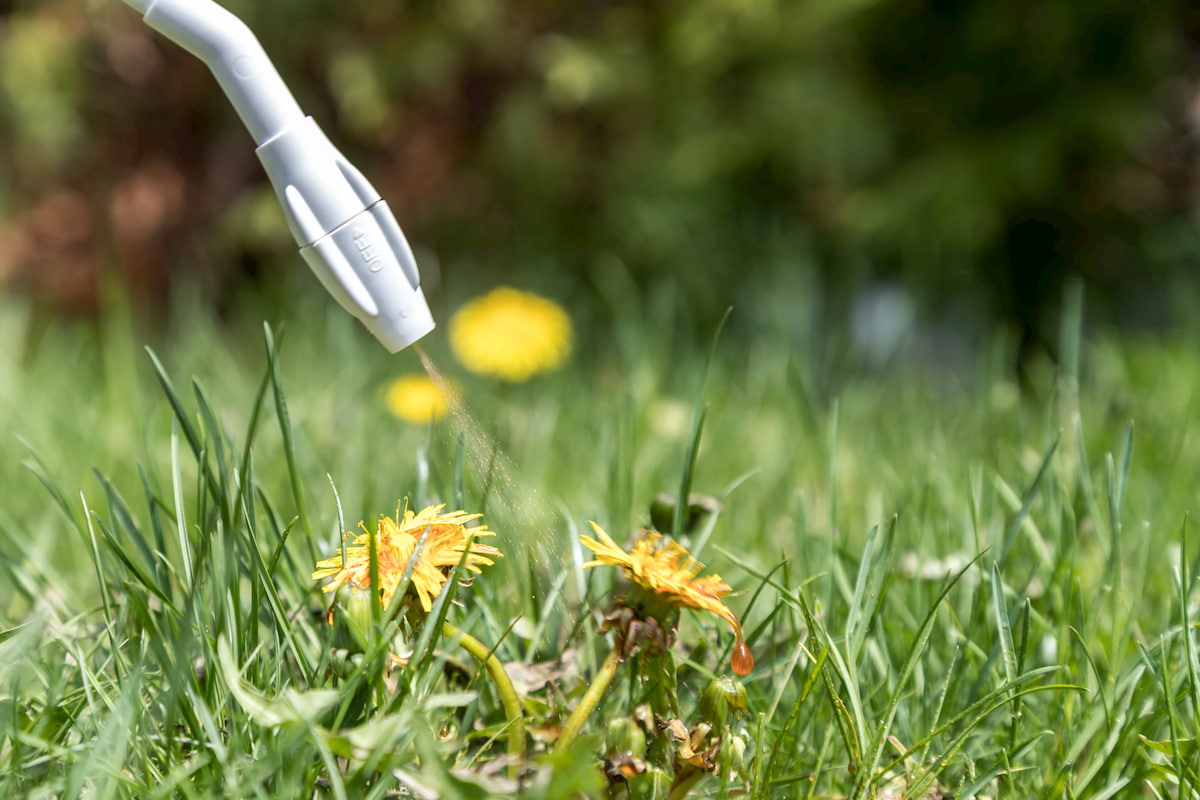

Landscaping Ideas
How To Kill All Weeds And Grass
Modified: February 18, 2024
Learn effective landscaping ideas to kill all weeds and grass in your garden. Discover expert tips and techniques for maintaining a weed-free landscape.
(Many of the links in this article redirect to a specific reviewed product. Your purchase of these products through affiliate links helps to generate commission for Storables.com, at no extra cost. Learn more)
Introduction
Welcome to the battle against weeds and grass in your garden or yard! Whether you’re an avid gardener or simply want to maintain a tidy outdoor space, dealing with unwanted vegetation can be a constant challenge. Weeds and grass have a remarkable ability to thrive in various conditions, often outcompeting desired plants and detracting from the overall aesthetic of your landscape. However, with the right knowledge and strategies, you can effectively manage and control these persistent intruders.
In this comprehensive guide, we’ll explore a variety of methods for eradicating and preventing the growth of weeds and grass. From natural remedies and mechanical techniques to chemical solutions, we’ll cover a range of approaches to suit different preferences and environmental considerations. By understanding the characteristics of different weed and grass species and implementing targeted control methods, you can reclaim your outdoor space and create a flourishing landscape that’s free from unwanted vegetation.
So, roll up your sleeves and get ready to tackle the challenge of weed and grass control. With the insights and tips provided in this guide, you’ll be equipped to transform your outdoor environment into a thriving, weed-free paradise.
Key Takeaways:
- Embrace natural methods like mulching and hand pulling to control weeds and grass without harming the environment, creating a healthy and balanced outdoor space.
- Implement proactive measures like healthy lawn care and regular inspections to prevent future weed and grass growth, maintaining a resilient and vibrant landscape.
Read more: How To Kill Weeds In The Grass
Understanding the Different Types of Weeds and Grass
Before diving into the methods for controlling weeds and grass, it’s essential to familiarize yourself with the diverse array of species that may be encroaching on your outdoor space. Weeds and grass come in various forms, each with its own unique characteristics and growth habits. Understanding these differences is crucial for implementing targeted control measures.
Types of Weeds:
- Broadleaf Weeds: These weeds, such as dandelions, clover, and chickweed, are characterized by their broad leaves and often produce vibrant flowers. They can quickly spread and compete with desirable plants for resources.
- Grassy Weeds: As the name suggests, these weeds resemble grass and include species like crabgrass and quackgrass. They tend to form dense patches and can be particularly challenging to eradicate.
- Perennial Weeds: Perennial weeds, including species like bindweed and thistle, have deep root systems and can regrow year after year if not effectively controlled.
- Annual Weeds: Annual weeds, such as purslane and lamb’s quarters, complete their life cycle within a single growing season, but they produce copious amounts of seeds, contributing to future weed infestations.
Types of Grass:
- Cool-Season Grasses: Varieties like Kentucky bluegrass and fescue thrive in cooler temperatures and are common in northern regions. They often require more water and are susceptible to heat stress.
- Warm-Season Grasses: Grasses such as Bermuda grass and zoysia are well-suited to warmer climates and exhibit better drought tolerance. They are prevalent in southern regions and can aggressively invade other lawn species.
- Creeping Grasses: Species like creeping bentgrass and Bermuda grass spread through aboveground stems (stolons) or belowground stems (rhizomes), enabling them to quickly colonize bare patches in lawns.
By recognizing the specific characteristics and growth patterns of different weeds and grasses, you can tailor your control methods to effectively combat these unwanted plants. Whether you’re dealing with broadleaf weeds, perennial grasses, or any other troublesome species, a targeted approach will yield the best results in reclaiming your outdoor space.
Natural Methods for Weed and Grass Control
For those who prefer environmentally friendly and chemical-free approaches to weed and grass control, natural methods offer effective and sustainable solutions. By harnessing the power of nature and employing organic practices, you can manage unwanted vegetation while promoting a healthy and balanced ecosystem in your outdoor space.
Mulching: Applying organic mulch, such as wood chips, straw, or shredded leaves, serves as a natural weed suppressant by blocking sunlight and hindering weed germination. Additionally, as the mulch decomposes, it enriches the soil and contributes to overall soil health.
Hand Pulling: While it may be labor-intensive, manually removing weeds by hand is a straightforward and chemical-free method. It’s important to pull weeds before they set seed to prevent future proliferation. For grass control, digging out grassy patches can be effective, especially along borders and in flower beds.
Vinegar-Based Herbicides: A solution of household vinegar and a small amount of dish soap can be used as a non-toxic herbicide for targeting weeds. The acetic acid in vinegar effectively desiccates the foliage of weeds, causing them to wither and die. It’s important to apply this solution carefully to avoid harming desirable plants.
Boiling Water: Pouring boiling water directly onto weeds is a simple yet potent method for weed control. The extreme heat destroys the cellular structure of the plants, effectively killing them. This technique is best suited for targeting weeds in areas where you want to avoid using chemical herbicides.
Corn Gluten Meal: As a natural pre-emergent herbicide, corn gluten meal inhibits the germination of weed seeds by releasing a protein that suppresses root formation. This organic product can be applied to lawns and garden beds to prevent the emergence of new weeds without harming existing plants.
Flame Weeding: Using a propane torch or specialized flame weeder, you can apply controlled heat to weeds, causing them to wilt and perish. This method is particularly effective for targeting weeds in pavement cracks and gravel pathways, where traditional weeding tools may be less practical.
By incorporating these natural methods into your weed and grass control regimen, you can effectively manage unwanted vegetation while minimizing the impact on the environment. Whether you opt for mulching, hand pulling, or vinegar-based herbicides, these natural approaches offer a sustainable and eco-friendly way to maintain a thriving outdoor landscape.
Chemical Methods for Weed and Grass Control
When faced with extensive weed and grass infestations, chemical methods can provide efficient and targeted solutions for regaining control of your outdoor space. It’s important to approach chemical weed and grass control with care, following product instructions and considering environmental implications. Selective herbicides specifically target certain types of weeds or grasses, minimizing harm to desirable plants, while non-selective herbicides are broad-spectrum and can affect a wide range of plant species.
Selective Herbicides: These herbicides are designed to target specific types of weeds or grasses while minimizing harm to other plants. For example, broadleaf herbicides are effective against dandelions and clover, while grass-selective herbicides can be used to control unwanted grass species in ornamental beds.
Non-Selective Herbicides: Non-selective herbicides, such as glyphosate-based products, are effective at controlling a broad spectrum of weeds and grasses. These are often used in areas where complete vegetation control is desired, such as gravel driveways, sidewalks, and non-crop areas.
Pre-Emergent Herbicides: These herbicides are applied to the soil to prevent weed and grass seeds from germinating. By creating a barrier in the soil, pre-emergent herbicides inhibit the early stages of weed growth, effectively reducing future weed populations.
Post-Emergent Herbicides: Post-emergent herbicides are applied to actively growing weeds and grasses. They work by targeting the foliage of the plants and can be effective for controlling established weed and grass populations.
Systemic Herbicides: Systemic herbicides are absorbed by the foliage and then translocated throughout the plant, reaching the roots and effectively killing the entire plant. This method provides a comprehensive approach to weed and grass control, ensuring that the entire plant is eradicated.
When using chemical methods for weed and grass control, it’s crucial to follow product labels and safety guidelines to minimize environmental impact and protect desirable plants. Additionally, timing and application techniques play a significant role in the effectiveness of herbicides, so careful consideration of these factors is essential for achieving optimal results.
By understanding the different types of herbicides and their targeted applications, you can effectively harness the power of chemical control methods to combat persistent weed and grass issues, ultimately restoring the health and beauty of your outdoor environment.
To kill all weeds and grass, use a non-selective herbicide containing glyphosate. Apply on a dry, calm day to avoid drift, and follow label instructions carefully.
Mechanical Methods for Weed and Grass Control
When seeking a hands-on approach to weed and grass control, mechanical methods provide effective ways to manage unwanted vegetation without relying on chemical or herbicidal solutions. These techniques involve physical intervention to remove or suppress weeds and grasses, offering a sustainable and environmentally friendly approach to maintaining a tidy outdoor space.
Hand Tools: Utilizing hand tools such as hoes, trowels, and weed pullers allows for targeted weed and grass removal. By loosening the soil and severing weed roots, hand tools provide a precise and non-disruptive method for controlling unwanted vegetation, particularly in garden beds and around ornamental plants.
Mowing and Trimming: Regular mowing and trimming of grassy areas not only maintain a neat appearance but also prevent the formation of seed heads on weeds and grasses. By reducing seed production, mowing and trimming contribute to long-term weed and grass control, especially in lawns and open spaces.
Manual Cultivation: Turning over the soil in garden beds and other cultivated areas disrupts weed and grass growth by exposing weed seeds to unfavorable conditions and uprooting existing vegetation. This method can be particularly effective before planting new crops or flowers, helping to create a clean slate for desired plants.
Weed Barrier Fabric: Installing weed barrier fabric or landscape fabric in garden beds and under mulched areas provides a physical barrier that inhibits weed and grass growth. This non-chemical approach suppresses weed germination and helps to maintain a low-maintenance landscape over time.
Flame Weeding: Using a propane torch or specialized flame weeder, targeted application of heat can effectively desiccate weeds and grasses, causing them to wither and perish. This method is ideal for controlling weeds in pavement cracks, gravel pathways, and other hard-to-reach areas.
Manual Edging: Creating defined borders and edges around lawns, pathways, and garden beds not only enhances the aesthetic appeal of outdoor spaces but also serves as a practical method for preventing the encroachment of grasses and invasive weeds into designated areas.
By incorporating these mechanical methods into your weed and grass control regimen, you can actively manage unwanted vegetation while promoting a healthy and sustainable outdoor environment. Whether you opt for hand tools, manual cultivation, or weed barrier fabric, these hands-on approaches offer effective and environmentally conscious solutions for maintaining a weed-free landscape.
Read more: How To Kill Weeds, Not Grass
Preventing Future Weed and Grass Growth
While effectively managing existing weeds and grasses is essential, preventing future growth is equally important for maintaining a healthy and flourishing outdoor environment. By implementing proactive measures and incorporating preventive strategies, you can minimize the recurrence of unwanted vegetation, creating a landscape that’s more resistant to weed and grass infestations.
Healthy Lawn and Soil: Establishing and maintaining a healthy lawn through proper watering, mowing, and fertilization creates an environment where desirable grasses can thrive, outcompeting weeds. Additionally, nurturing healthy soil with organic amendments and proper pH levels supports robust plant growth, reducing the opportunity for weed establishment.
Proper Mulching: Applying a layer of organic mulch in garden beds and around trees and shrubs serves as a natural weed barrier. Mulch not only suppresses weed germination by blocking sunlight but also helps retain soil moisture and regulate soil temperature, creating favorable conditions for desired plants.
Regular Inspections: Conducting routine inspections of your outdoor space allows for early detection of weeds and grasses, enabling prompt intervention before they have a chance to spread and establish. Regular monitoring and swift removal of emerging weeds can prevent the escalation of weed populations.
Targeted Watering: Watering plants at their base rather than using overhead irrigation reduces moisture on the soil surface, which can promote weed seed germination. By delivering water directly to the root zone of plants, you can minimize the opportunity for weed growth.
Integrated Weed Management: Employing a combination of cultural, mechanical, and chemical control methods as part of an integrated weed management approach can effectively reduce weed and grass populations while minimizing reliance on any single control method. This holistic strategy addresses weed and grass control from multiple angles, enhancing long-term prevention.
Proactive Lawn Care: Aerating compacted soil, overseeding thin or bare areas, and addressing drainage issues in lawns contribute to a healthy and dense turf, making it more resistant to weed encroachment. By promoting vigorous grass growth, you can create a natural defense against weed invasion.
By integrating these preventive measures into your landscape maintenance routine, you can create an environment that’s less conducive to weed and grass growth, ultimately reducing the need for reactive control measures. Through a proactive and holistic approach, you can establish a resilient and weed-resistant outdoor space that flourishes with healthy and desirable vegetation.
Conclusion
As you navigate the challenges of weed and grass control in your outdoor space, it’s clear that a multifaceted approach is key to achieving long-term success. Understanding the characteristics of different weed and grass species and selecting appropriate control methods are fundamental aspects of effective vegetation management. Whether you opt for natural, chemical, or mechanical control techniques, each approach plays a vital role in creating a thriving and weed-free landscape.
By familiarizing yourself with the diverse array of weeds and grasses, you can tailor your control methods to specifically target the unwanted vegetation encroaching on your outdoor environment. From broadleaf weeds to creeping grasses, recognizing the unique traits of each species empowers you to implement precise and effective control measures.
Embracing natural methods for weed and grass control not only offers sustainable solutions but also promotes a harmonious relationship with the environment. Whether through mulching, hand pulling, or vinegar-based herbicides, these organic approaches contribute to the health and balance of your outdoor ecosystem.
Chemical methods provide efficient and targeted solutions for managing extensive weed and grass infestations, offering effective control options when used responsibly and in accordance with product instructions. Selective and non-selective herbicides, pre-emergent and post-emergent applications, and systemic treatments each play a role in combating persistent weed and grass issues.
Mechanical methods offer hands-on and environmentally friendly approaches to weed and grass control, empowering you to actively manage unwanted vegetation without relying on chemical solutions. Whether through hand tools, mowing and trimming, or manual cultivation, these techniques provide sustainable and effective means of vegetation management.
Preventing future weed and grass growth is a proactive and essential aspect of maintaining a healthy outdoor environment. By nurturing healthy soil, implementing proper mulching, and integrating preventive strategies, you can create a landscape that’s more resistant to weed and grass infestations, reducing the need for reactive control measures.
Ultimately, by combining the knowledge and insights gained from this guide with your passion for a vibrant and thriving outdoor space, you are well-equipped to conquer the challenges of weed and grass control. With a comprehensive and targeted approach, you can transform your landscape into a flourishing haven, free from the persistence of unwanted vegetation.
Frequently Asked Questions about How To Kill All Weeds And Grass
Was this page helpful?
At Storables.com, we guarantee accurate and reliable information. Our content, validated by Expert Board Contributors, is crafted following stringent Editorial Policies. We're committed to providing you with well-researched, expert-backed insights for all your informational needs.
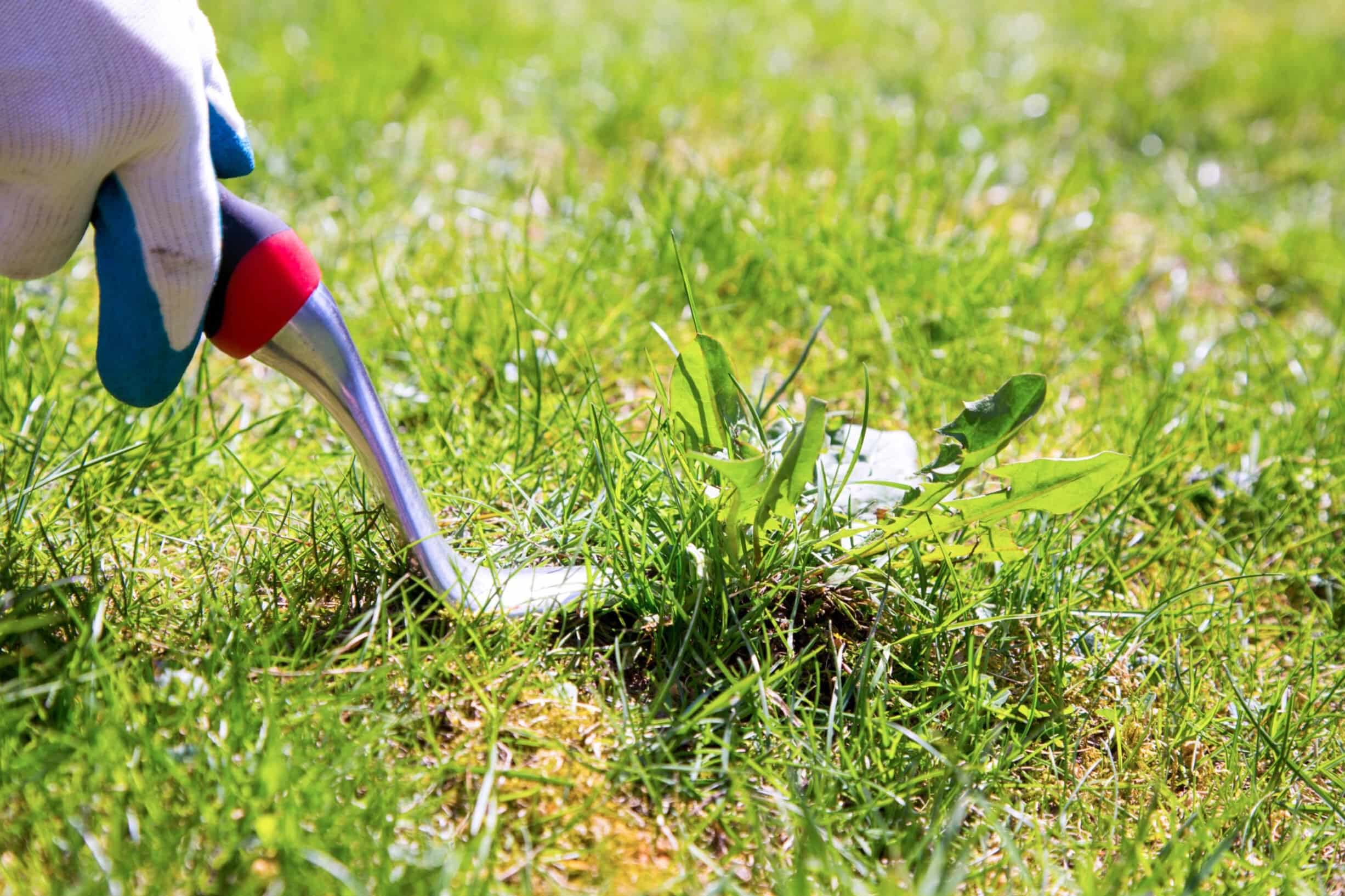
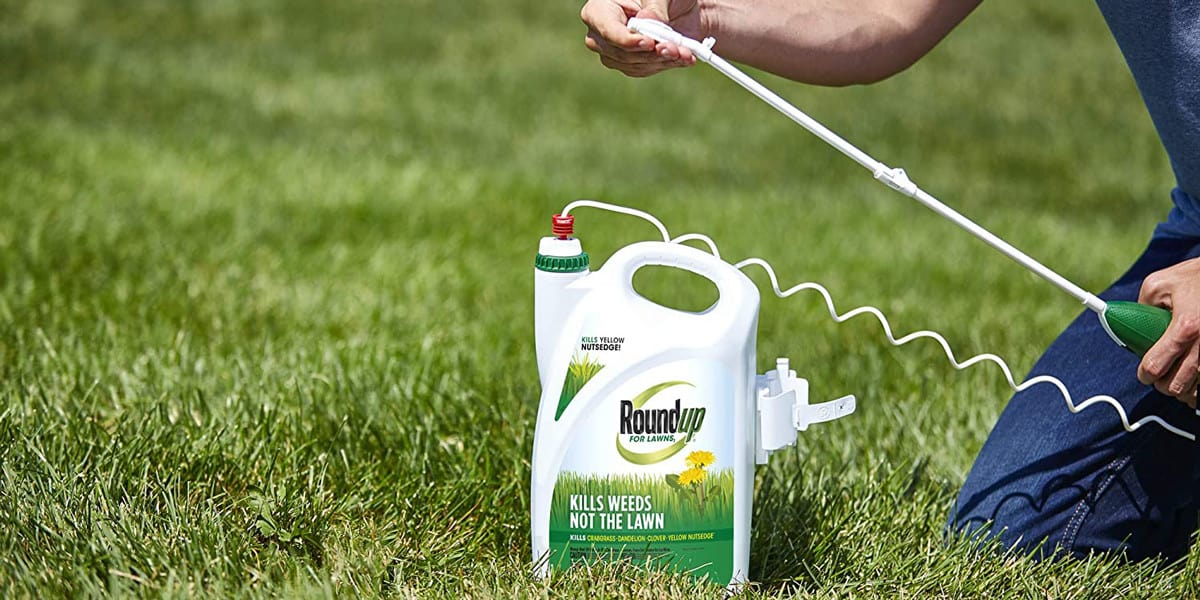
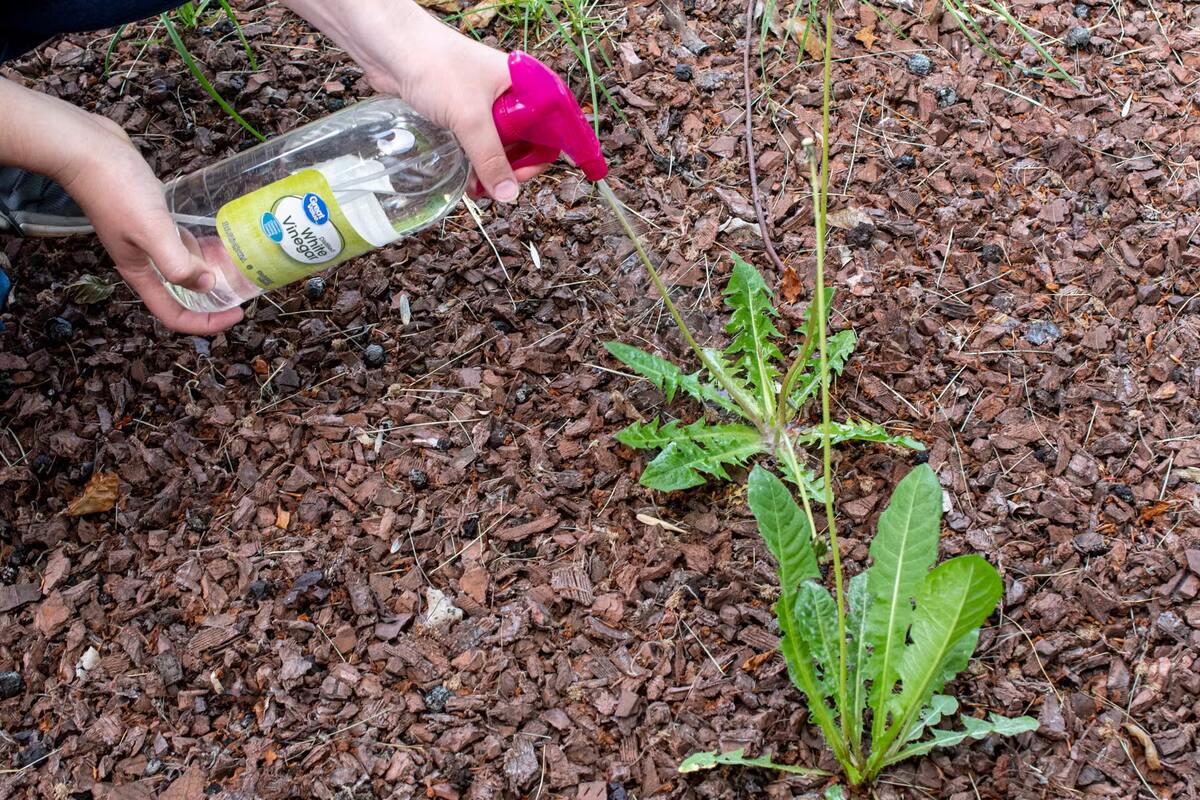
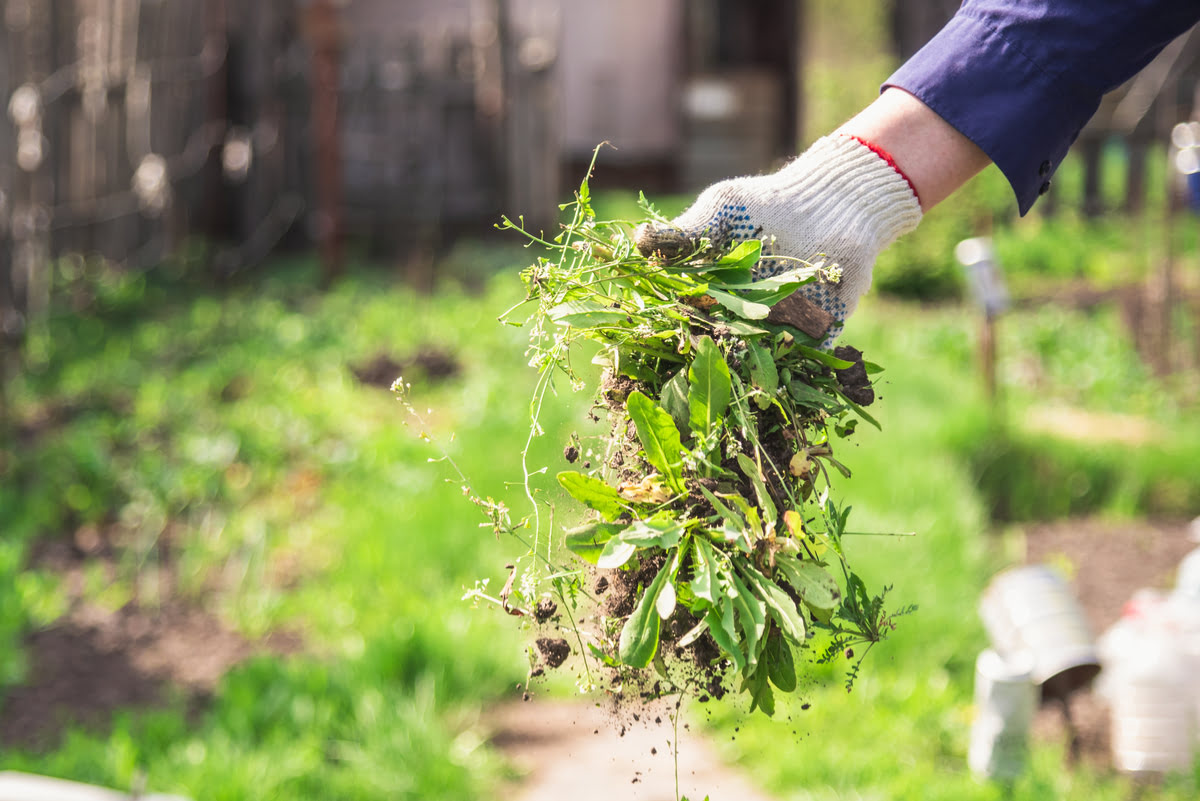
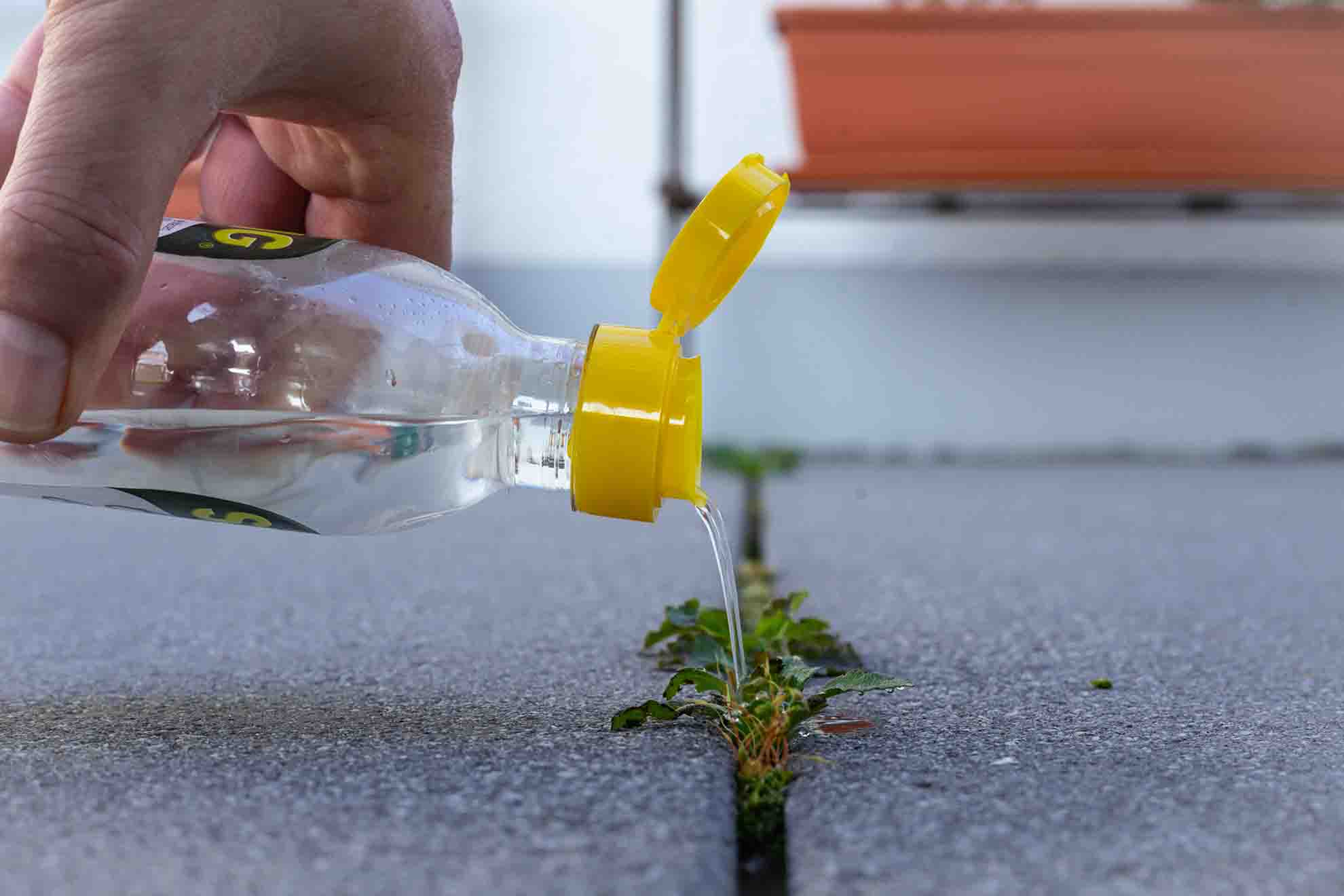
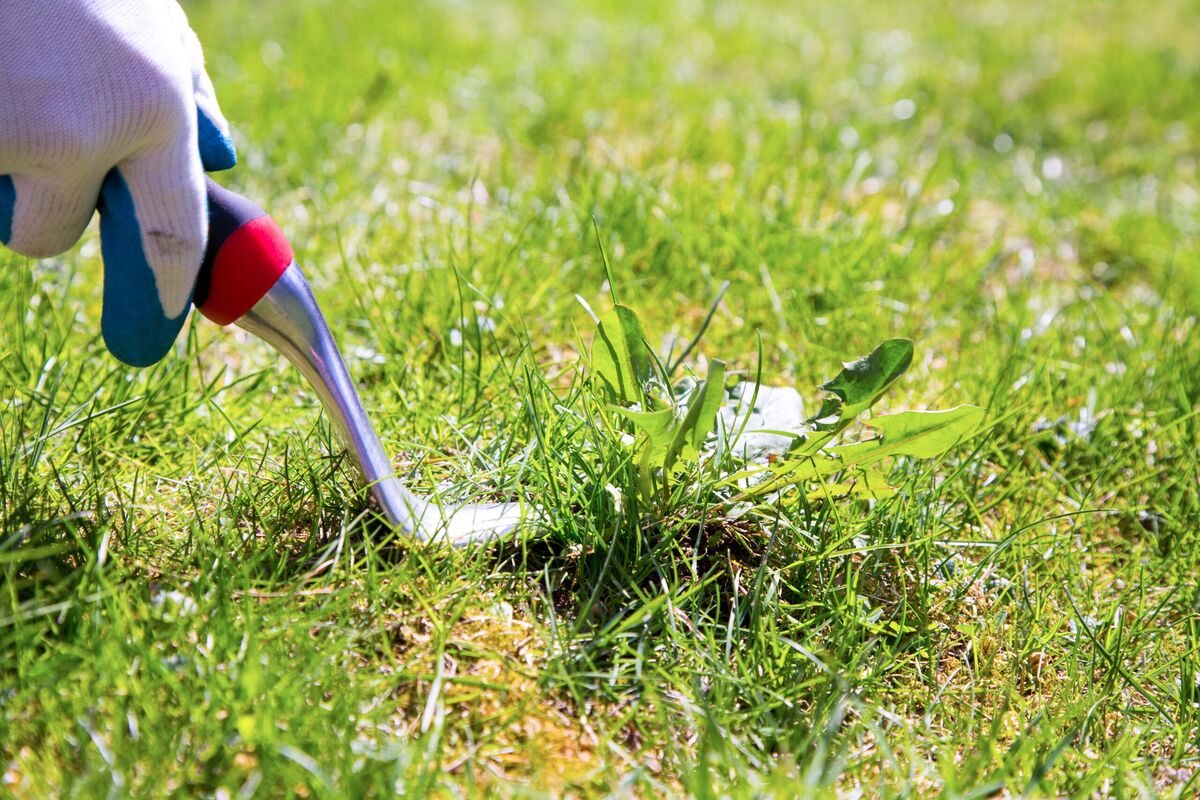


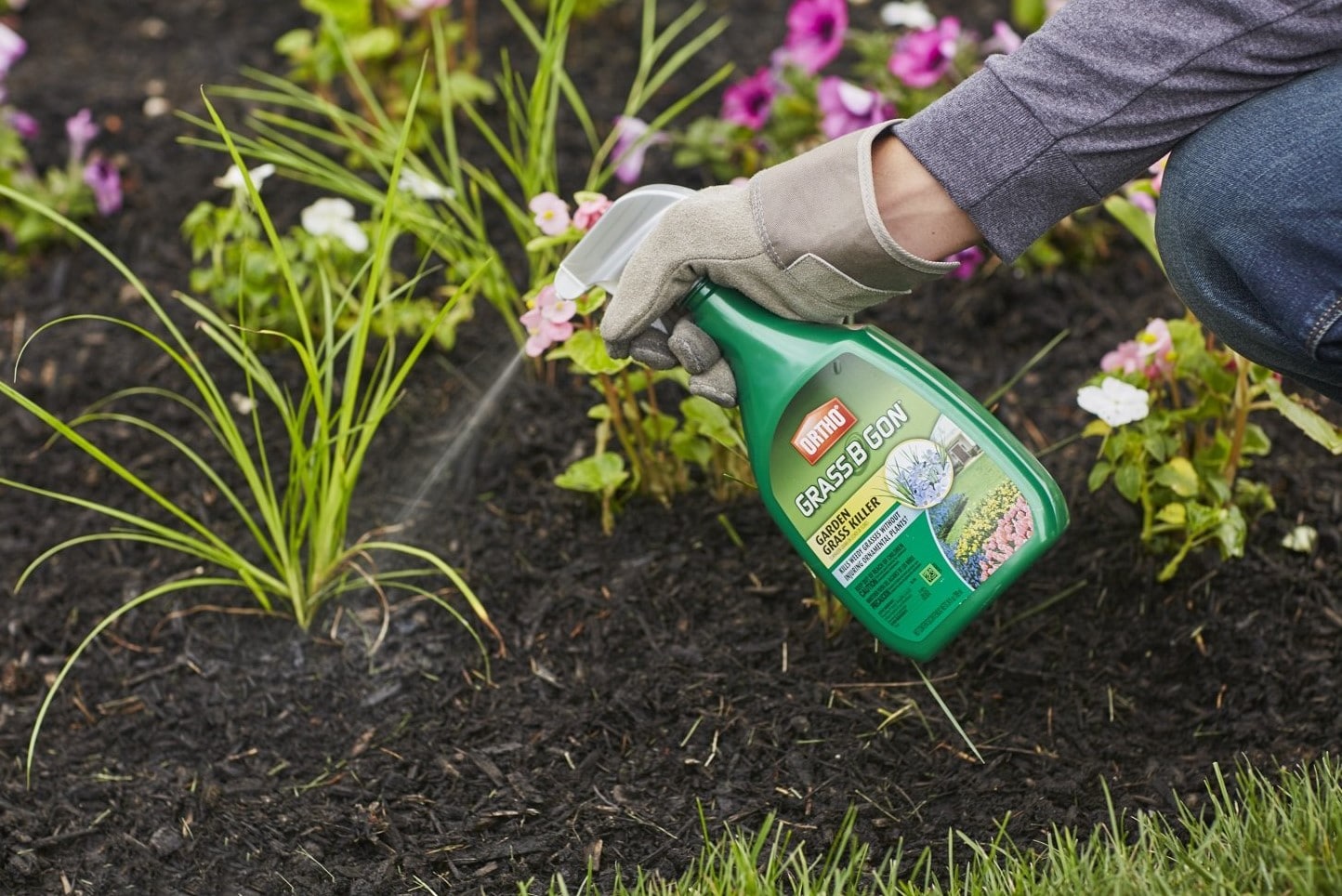
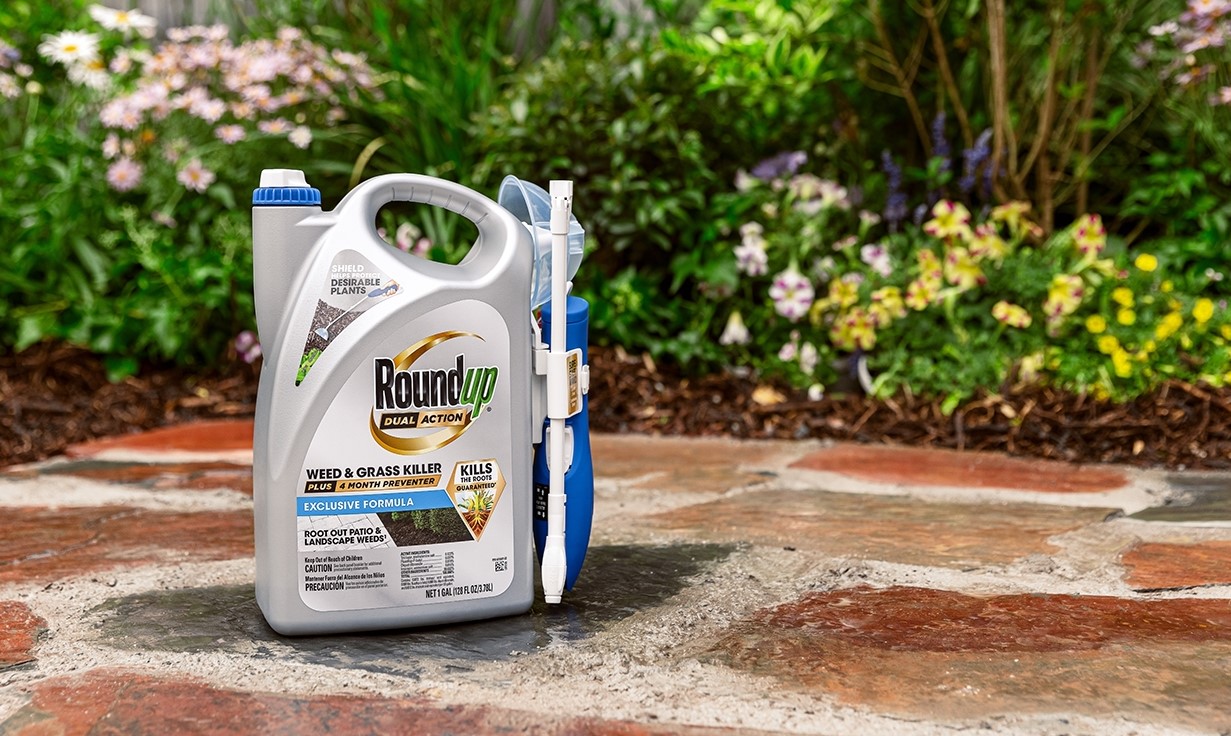
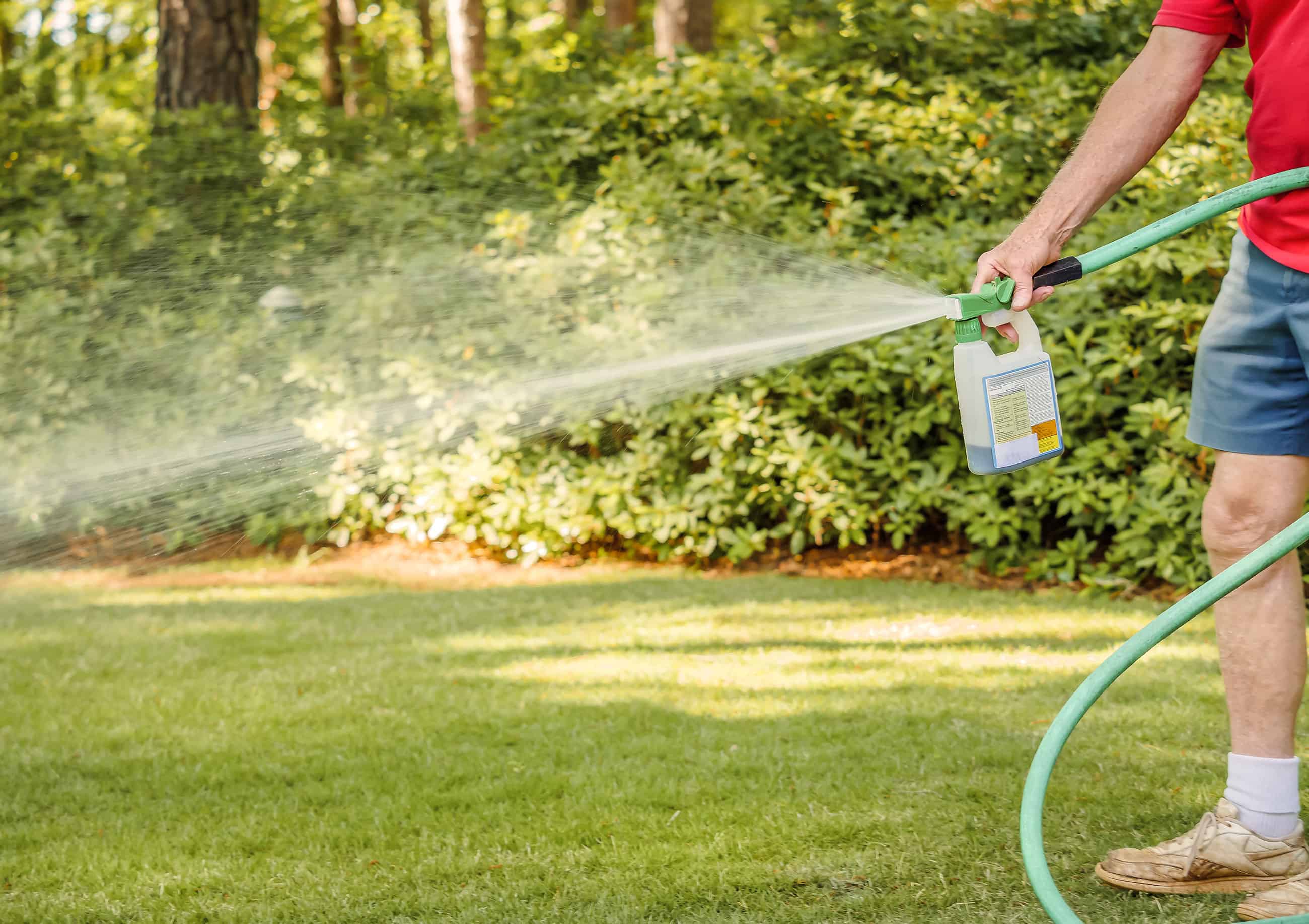
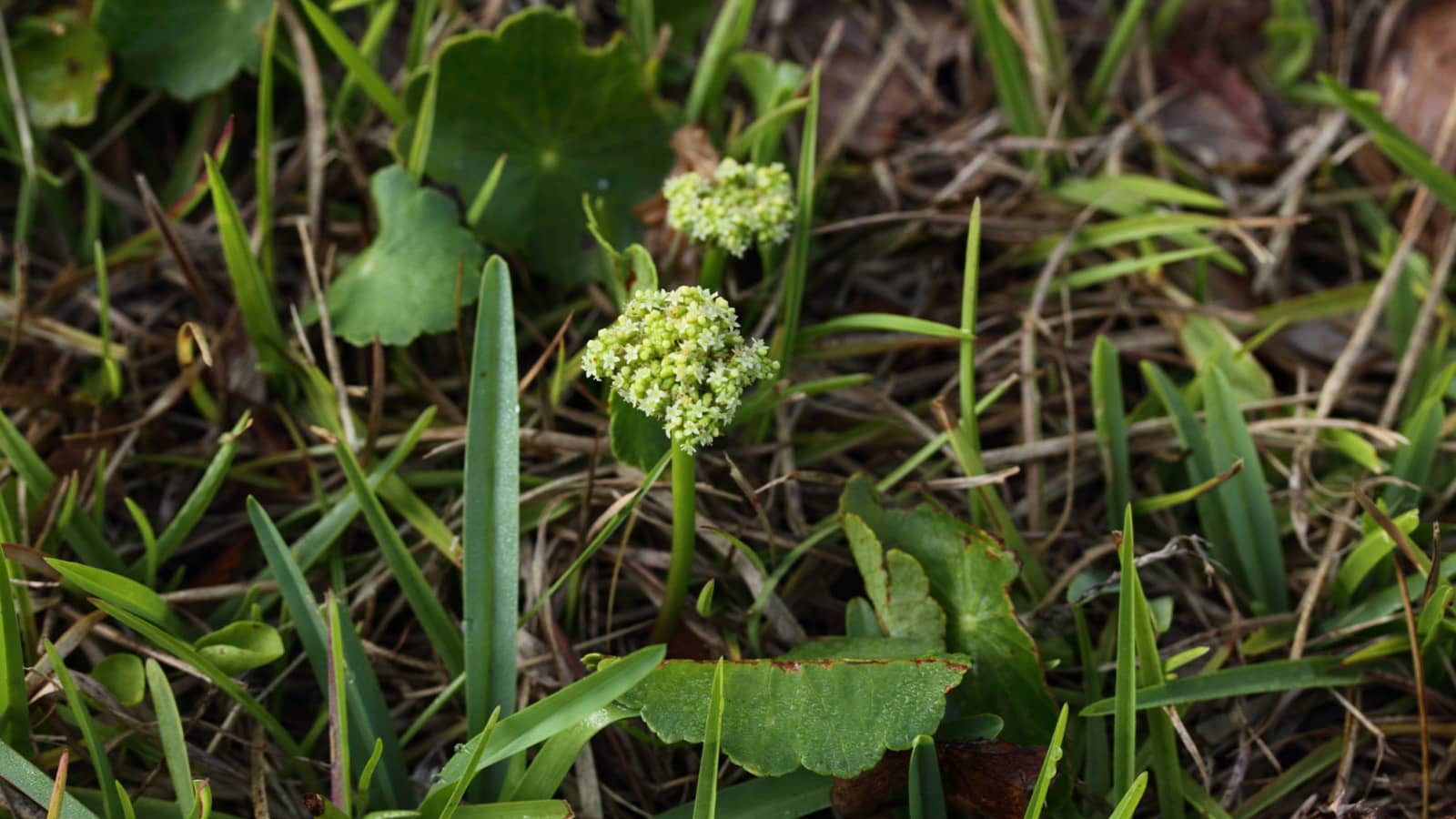
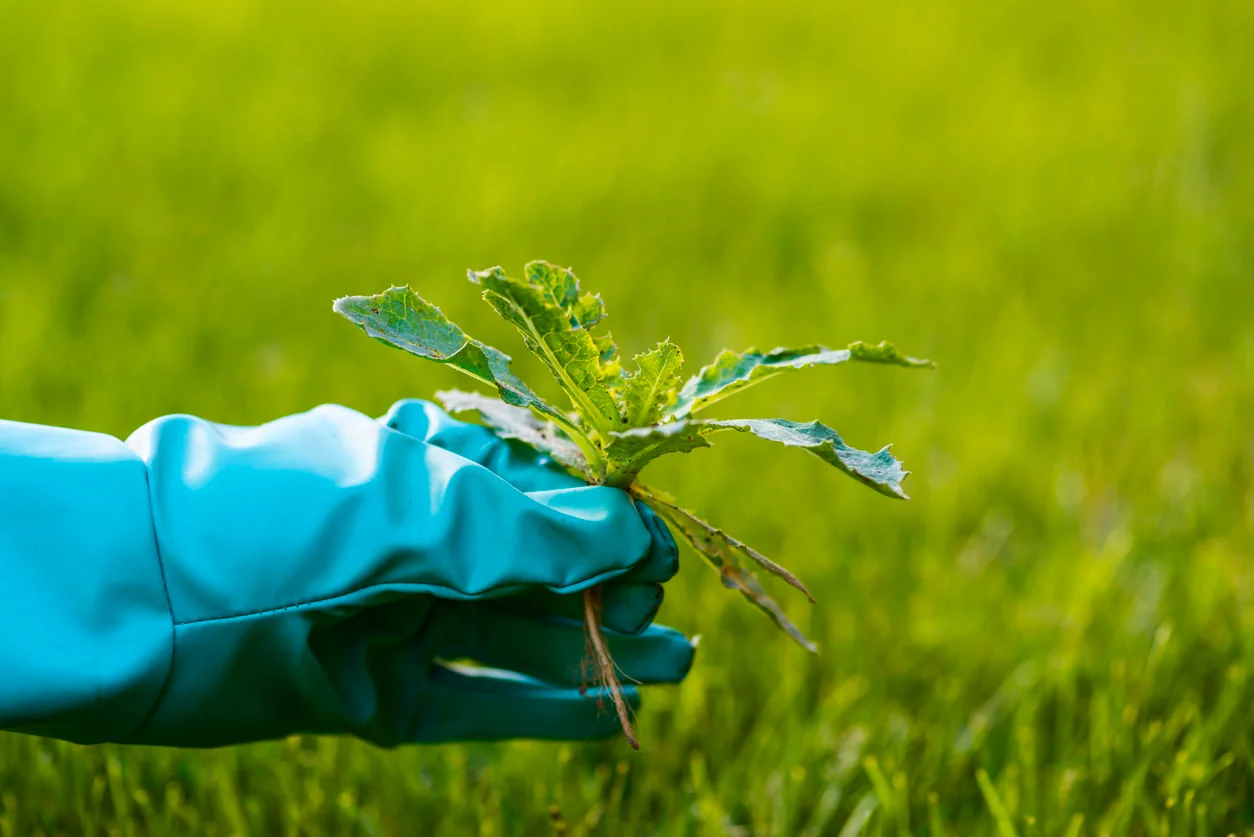
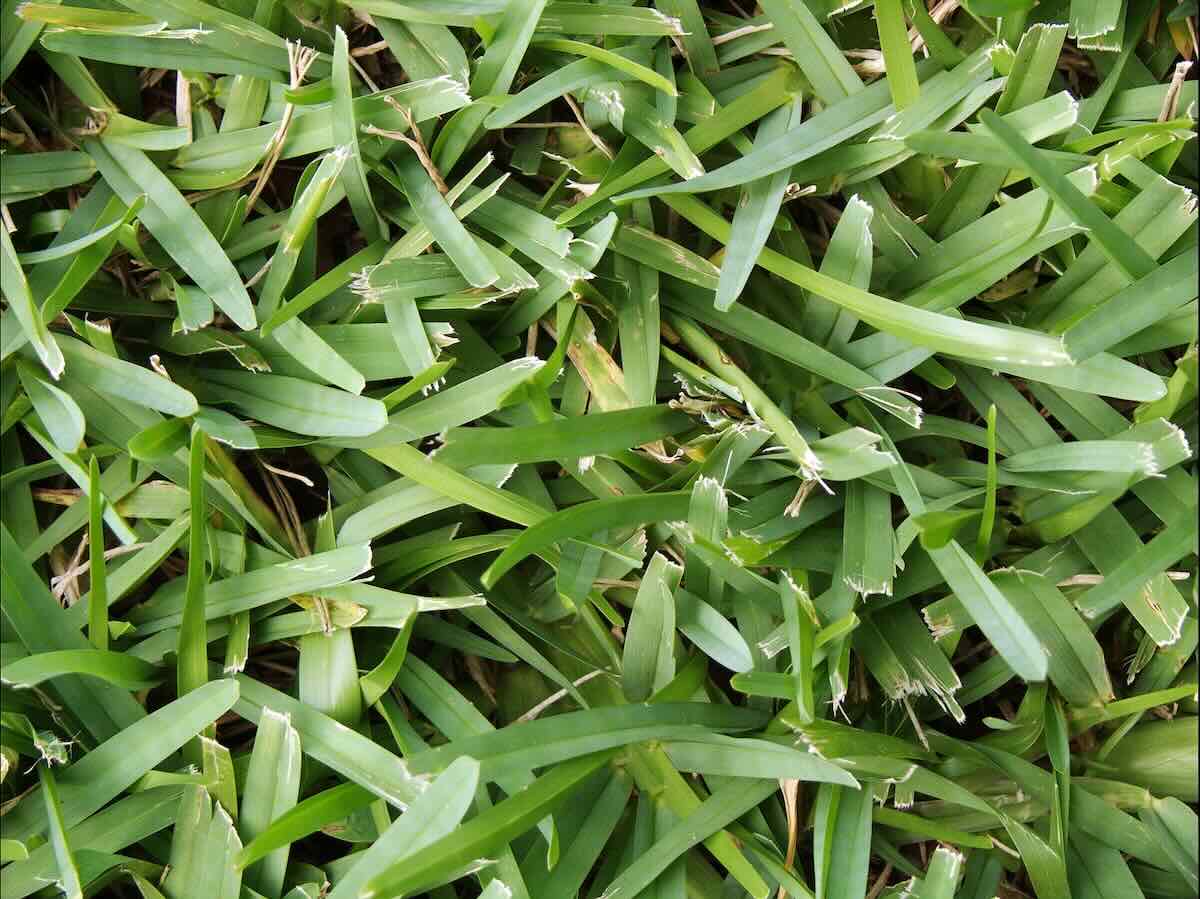

0 thoughts on “How To Kill All Weeds And Grass”